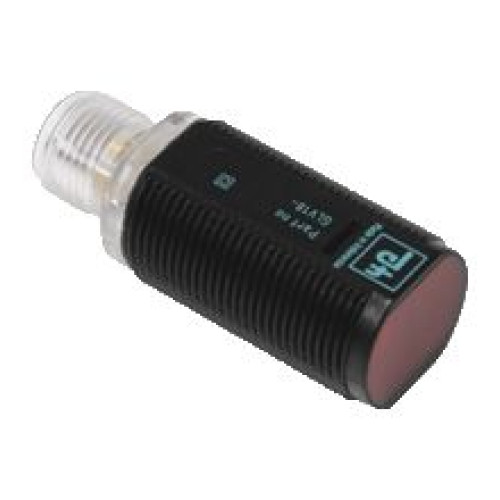Retroreflective
In the retro-reflective mode, a light path is established between the sensor and a special reflector. A target is detected when it breaks the light beam. Typical retro-reflective sensors provide a longer sensing range when compared to diffused sensors. In some units a visible red LED is used which aids in the installation and alignment of the reflector. A corner cube reflector is employed to accurately return the light energy, on a parallel axis, into the receiver.

Features and benefits
Retroreflective Sensors
In the retro-reflective mode, a light path is established between the sensor and a special reflector. A target is detected when it breaks the light beam. Typical retro-reflective sensors provide a longer sensing range when compared to diffused sensors. In some units, a visible red LED aids in the installation and alignment of the reflector. A corner cube reflector is employed to accurately return the light energy, on a parallel axis, to the receiver.
These reflection light beam switches are available with various types:
Standard Inductive Sensor Product features:
- With polarisation filter
A polarising filter is utilised to eliminate false signals that may occur if a shiny target passes in front of the retro-reflective sensor. The filter enables the trouble-free detection of glossy and highly reflective objects. - For clear object detection
The clear object detection sensor is a special retro-reflective mode photoelectric sensor that detects clear objects ordinary retro-reflective sensors may not. Through the use of a low hysteresis circuit, the sensor detects small changes in light typical when sensing clear objects. The clear object detector used polarised filters on both the transmitter and receiver of the sensor to reduce false responses caused by reflections from the target. - With foreground suppression
This foreground suppression sensor is a retro-reflective mode photoelectric that does not erroneously identify glossy targets as the reflector when they are within a certain distance. This mode is well-suited for detecting shrink-wrapped pallets, as a retro-reflective mode sensor may mistake the glossy covering for a reflector and not change state. Optical apertures in front of the transmitter and receiver elements in the sensor housing produce a zone for no erroneous detection of reflective, depolarised material. - Retro-reflective area sensor
With several transmitters and receivers in one housing forming a continuous wide or high detection area over the relevant sensing range.
Build innovative machines faster without costly prototyping with Efficient Motion Control.
With Effective Motion Control, machine builders can easily overcome major challenges and enable faster time-to-market, increased functionality, resolve complex system requirements, and demands for safety and sustainability.


